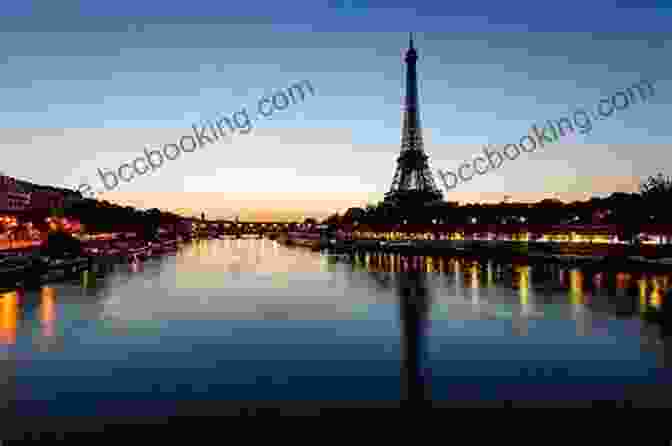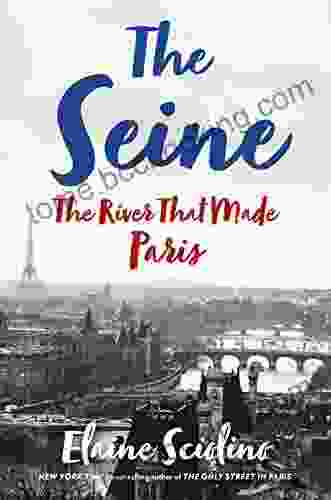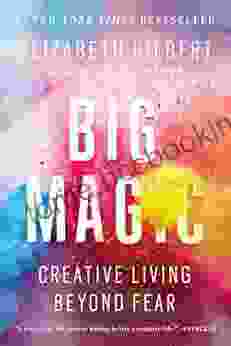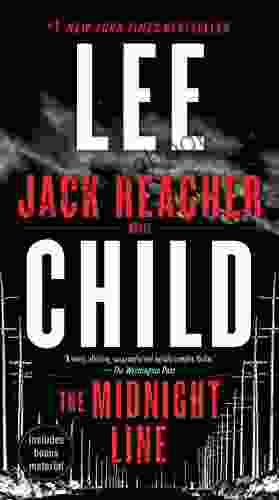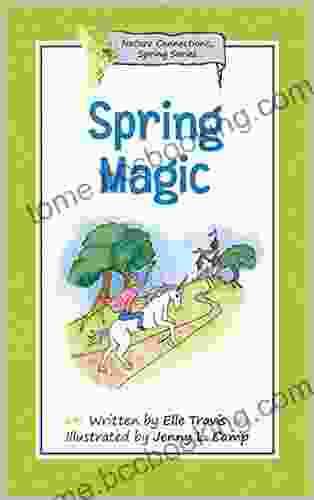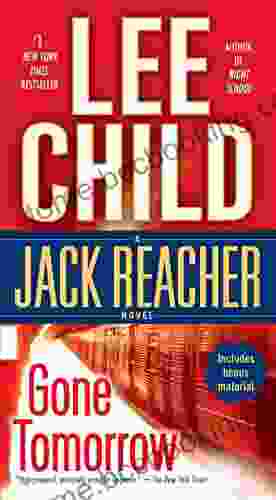Prologue: The Genesis of a River
In a realm where time and nature intertwine, the Seine River emerged as an unassuming tributary of the Yonne River in the heart of France. Over millennia, it carved its path through rolling hills and fertile plains, gathering strength and volume as it meandered towards the Atlantic Ocean. Little did it know that its destiny lay not in the vast expanse of the sea, but in the embrace of a burgeoning metropolis: Paris.
4.6 out of 5
| Language | : | English |
| File size | : | 65639 KB |
| Text-to-Speech | : | Enabled |
| Screen Reader | : | Supported |
| Enhanced typesetting | : | Enabled |
| X-Ray | : | Enabled |
| Word Wise | : | Enabled |
| Print length | : | 380 pages |
Chapter I: The Birth of a City
As the Seine approached the Île de la Cité, a small island in the middle of its course, a pivotal moment in Parisian history unfolded. In the 3rd century BC, a Celtic tribe known as the Parisii settled on the island, recognizing its strategic location at the crossroads of the Seine and the Bièvre River. This humble settlement marked the genesis of the City of Light, with the Seine serving as its lifeline and protectora.
Chapter II: A River of Commerce and Culture
From its earliest days, the Seine played a vital role in the economic and cultural development of Paris. Its navigable waters facilitated trade and transportation, connecting the city to neighboring regions and beyond. Merchant ships plied the river, bringing goods from far and wide, while skilled artisans and craftsmen established workshops along its banks. The river became a vibrant hub of activity, fostering commerce and innovation.
As Paris grew in prosperity, so too did its cultural scene. The Seine's serene waters reflected the masterpieces of artists like Claude Monet and Pierre-Auguste Renoir, who captured its beauty in their Impressionist paintings. The riverbanks became a promenade for poets, writers, and philosophers, who drew inspiration from its tranquil atmosphere and picturesque surroundings.
Chapter III: Riverscapes and Landmarks
Over the centuries, the Seine River has witnessed the rise and fall of empires, the construction of iconic landmarks, and the transformation of the Parisian landscape. Along its banks, grand palaces and opulent mansions stand side by side with charming cafes and historic churches. The Louvre Museum, home to Leonardo da Vinci's Mona Lisa, overlooks the river, while the majestic Eiffel Tower casts its shadow upon the water.
Dotting the course of the Seine are picturesque bridges, each with its own story to tell. The Pont Neuf, the oldest standing bridge in Paris, has been a symbol of the city's resilience for centuries. The Pont Alexandre III, with its ornate Art Nouveau design, is a testament to the grandeur of the Belle Époque era. These bridges not only connect the two banks of the river but also serve as architectural marvels and witnesses to the passage of time.
Chapter IV: A River of Recreation and Leisure
Beyond its commercial and aesthetic significance, the Seine River has been a beloved destination for recreation and leisure activities throughout history. Parisians and visitors alike have always flocked to its banks to stroll, jog, or simply soak up the sun's rays. Boat tours offer a unique perspective on the city, allowing visitors to glide past iconic landmarks and hidden gems.
In the summer months, the iconic Bateaux-Mouches ply the waters of the Seine, offering romantic dinner cruises and unforgettable sightseeing experiences. As the sun sets, the riverbanks come alive with music, laughter, and the gentle hum of conversation. The Seine transforms into a stage for impromptu performances, open-air cinemas, and festive gatherings.
Chapter V: A River of Resilience
Throughout its long history, the Seine River has faced numerous challenges and natural disasters. Floods have tested the city's resilience, and pollution has threatened its ecosystem. However, Paris and its inhabitants have always shown an unwavering commitment to protecting the Seine and preserving its beauty.
In recent years, ambitious environmental projects have been undertaken to restore the river's health and enhance its biodiversity. Riverbanks have been renaturalized, creating new habitats for wildlife and providing green spaces for Parisians to enjoy. The Seine is once again becoming a sanctuary for migratory birds and fish, while the city's commitment to sustainability ensures that its waters will continue to sparkle for generations to come.
Epilogue: The Enduring Legacy of the Seine
As we gaze upon the Seine River today, we witness not only a body of water but a living testament to the indomitable spirit of Paris. It is a river that has shaped the city's destiny, nurtured its culture, and inspired countless souls. From its humble beginnings to its present-day grandeur, the Seine River continues to flow through the heart of Paris, a timeless symbol of resilience, beauty, and the unbreakable bond between a city and its river.



